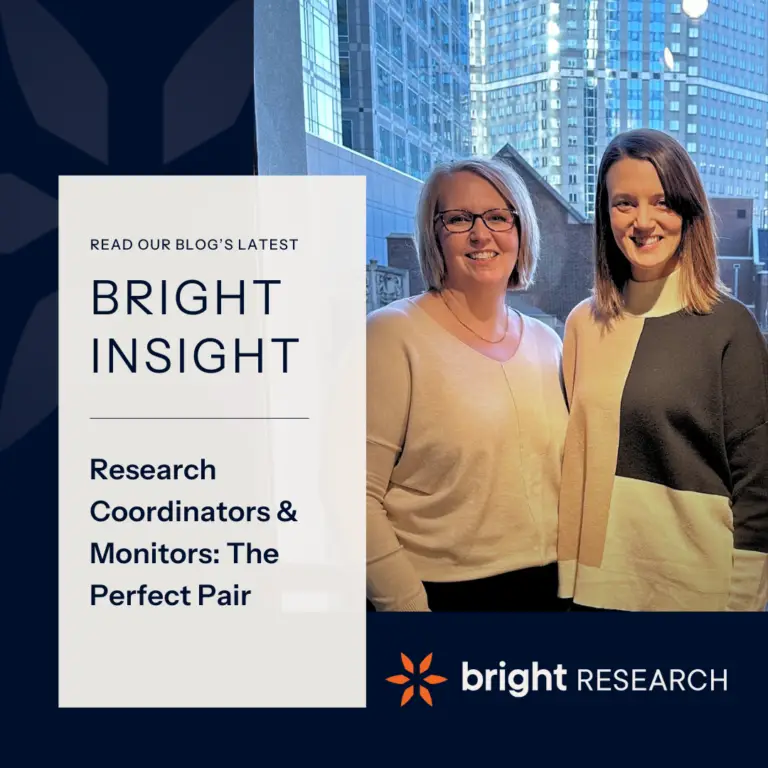Situation
A medical device company’s post-approval study launch had been stalled for so long that continued FDA approval for their product was at risk. Furthermore, the company’s planned post-approval study, which aimed to monitor the long–term safety of their medical device, required a lengthy, five-year follow-up – and thus a large consumption of resources. Bright Research was brought in to help.
Solution
Bright Research quickly jumped in to launch sites and execute the post-approval study under the existing infrastructure. Within months, the FDA was comfortable with study progress, and the client was off the hot seat.
With the client back in the FDA’s good graces, the Bright team was in a much better position to critically assess – and potentially challenge – the design of the approved, but lengthy, post-approval study. The planned five-year follow-up period had been based on an expert panel recommendation written decades ago, in the early days of therapy development. Bright conducted a literature review of the current state-of-the-art and found the standard of care follow-up was now typically only one to two years. Bright Research proposed the client renegotiate their post-approval study design with the FDA to address the disconnect between routine practice and the study’s planned follow-up period.
Bright Research drew on years of experience working with regulatory agencies in the US and abroad to compile a submission and host a call with the FDA to present the rationale for the new proposed two-year follow-up plan. The FDA agreed with the revised plan and the client modified their study protocol.
Significance
Bright Research’s collaboration with the client had great results:
- A stalled study was launched, keeping the product on the market and putting the client in a better negotiating position with the FDA.
- The FDA accepted the proposed three-year reduction in post-approval study follow-up – a request driven by clinical scientific literature and up-to-date knowledge of the standard of care.
- The change in follow-up duration reduced the time and resource burden on study subjects and research sites, and ultimately saved the client $2 million.
Instead of accepting the assumption that a five-year trial was needed, Bright Research worked to find a scientifically sound rationale that fit the needs of the client, sites, and study subjects. It was the right strategy – the client kept their product on the market while also conducting research reflecting the state of the art.
Learn more about partnering with Bright for creative solutions to your clinical research needs.



